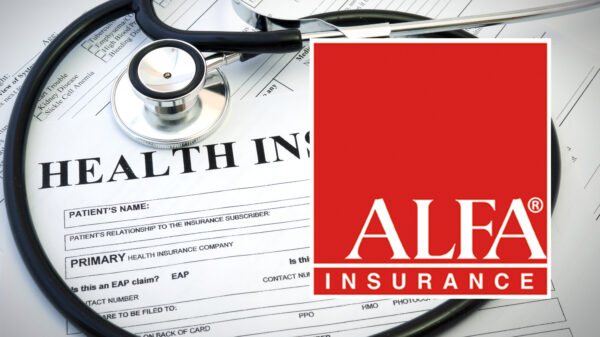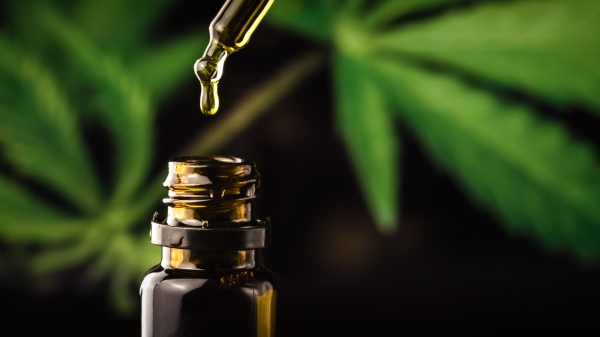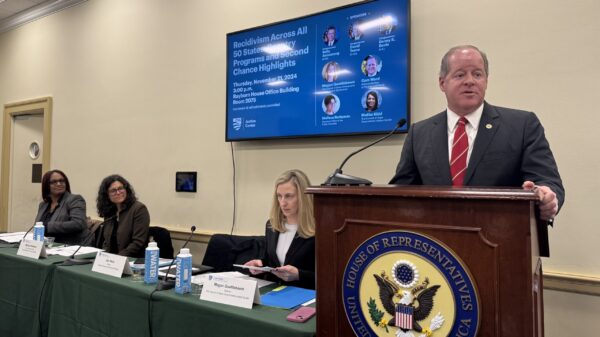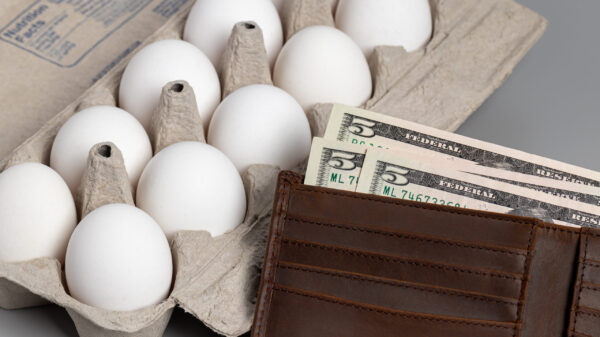|
Getting your Trinity Audio player ready...
|
According to the federal Bureau of Labor Statistics, the national unemployment rate went from 3.8 percent in March to 3.9 percent in April and prices rose 0.3 percent in the month of April. These estimates are preliminary, meaning that they may change slightly as the BLS receives additional data.
The federal unemployment rate has remained between 3.7 percent and 3.9 percent since August 2023. This is a return to the remarkably low unemployment rates observed immediately before the 2020 pandemic.
Black unemployment was significantly higher than the national average at 5.6 percent. At 3.1 percent, the unemployment rate in Alabama is slightly lower than the national unemployment rate.
Wilcox County had the highest unemployment rate of any county in the state at 7.7 percent. Shelby County had the lowest unemployment rate at 2.0 percent.
Mobile had the highest unemployment rate of any metropolitan statistical area in the state at 3.3 percent. Huntsville and Decatur had the lowest unemployment rates at 2.2 percent.
While the unemployment rate in the state is slightly lower than the national average, the Alabama labor force participation rate is significantly lower than the national average. At 57.7 percent, it is 4.8 points below the national labor force participation rate.
Increasing labor force participation has been a major goal of state politicians in recent years. On May 9, Gov. Ivey signed the “Working for Alabama” package of legislation, which created new tax credits for housing developers and employers who provide childcare. Lack of affordable childcare is one factor accused of contributing to many working-age Alabamians choosing not to work.
Working for Alabama also renamed the Alabama Department of Labor the Department of Workforce and created a new public corporation, the Alabama Growth Alliance, to suggest economic development policies. Working for Alabama flew through the state legislature and the constituent bills regularly passed both houses unanimously.
Over the twelve months before April, the national consumer price index rose 3.4 percent. While the Federal Reserve officially targets a 2 percent inflation rate, so inflation is currently 1.4 points above target, inflation has slowed significantly since 2022, when year-over-year inflation was regularly higher than 8 percent.
The increase in prices in April was primarily driven by increases in the price of housing and increases in the price of gasoline. Food prices did not appear to noticeably increase in April. While prices at grocery stores and supermarkets decreased slightly, the price of food at restaurants increased slightly.
The consumer price index for consumers in the South increased slightly more slowly than the national consumer price index. It rose 0.2 percent in April and 3.3 percent over the last year.






















































